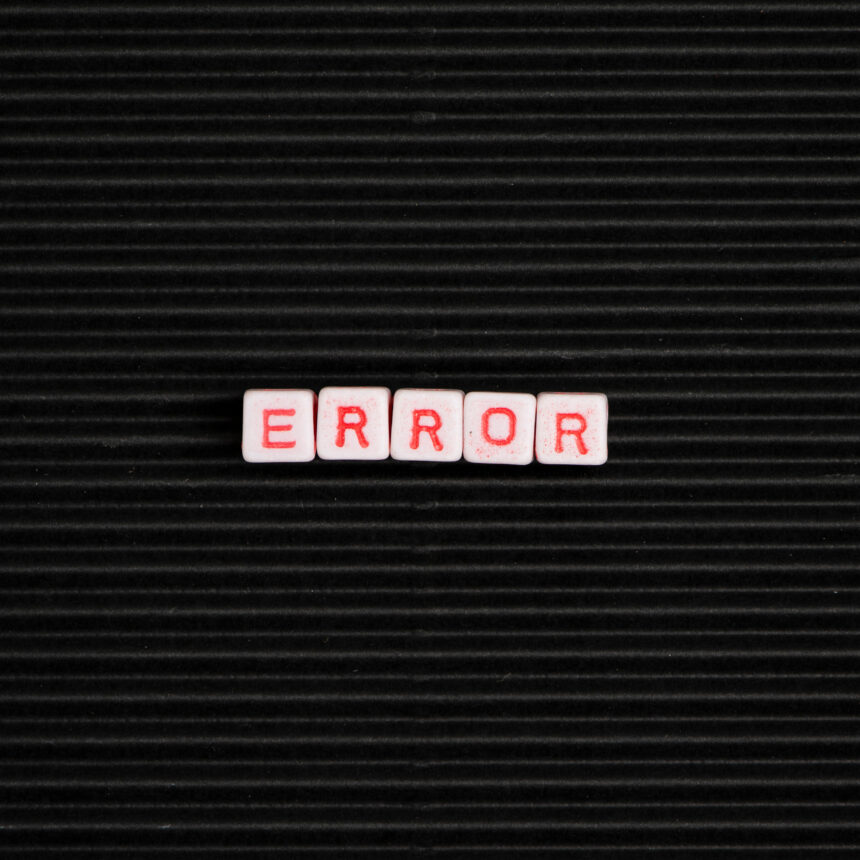Your credit report plays a crucial role in your financial life. It serves as a record of your borrowing history and impacts your ability to obtain credit, secure loans, or even land a job or rent an apartment. Given its significance, it is essential to ensure that the information on your credit report is accurate. Unfortunately, errors on credit reports are not uncommon, and they can have far-reaching consequences. This is where credit bureau disputes come into the picture.
A credit bureau dispute refers to the process of challenging inaccurate or misleading information on your credit report. The goal is to rectify any errors and ensure that your credit history is a true reflection of your financial behavior. To help you navigate this process effectively, we’ve compiled a step-by-step guide on how to correct errors through credit bureau disputes.
Step 1: Review Your Credit Report Start by obtaining copies of your credit reports from all three major credit bureaus: Equifax, Experian, and TransUnion. You are entitled to a free copy of your credit report from each bureau once every 12 months. Alternatively, you can access your credit reports through various online services. Thoroughly examine each report and make note of any inaccuracies, such as incorrect personal information, accounts you didn’t open, or late payments that you believe are incorrect.
Step 2: Gather Documentation To support your dispute, gather all relevant documentation that proves the inaccuracies on your credit report. This may include account statements, payment receipts, contracts, or any other evidence that demonstrates the errors. The more comprehensive your documentation, the stronger your case will be.
Step 3: Initiate the Dispute Contact the credit bureau(s) in writing to initiate the dispute. Be sure to clearly state the inaccuracies you are disputing and provide supporting documentation. You can use the credit bureau’s dispute form, which is usually available on their website. Include copies (not originals) of the documents you gathered and send the dispute via certified mail with a return receipt requested. This will serve as evidence that you initiated the dispute.
Step 4: Notify the Information Provider Simultaneously, inform the entity that provided the incorrect information to the credit bureau(s) about the dispute. This could be a lender, credit card company, or any other institution that furnished the inaccurate data. Include copies of the supporting documents related to your dispute. By notifying the information provider, you ensure that they are aware of the issue and can conduct their investigation.
Step 5: Credit Bureau Investigation Upon receiving your dispute, the credit bureau will investigate the disputed information. They are required by law to investigate and respond within 30 to 45 days, depending on your jurisdiction. During the investigation, the credit bureau will contact the information provider and ask them to verify the accuracy of the reported data. If the information provider cannot verify it or if they do not respond within a certain timeframe, the credit bureau is obligated to remove the disputed item from your credit report.
Step 6: Review the Results Once the investigation is complete, the credit bureau will send you a written response detailing the results. If they find in your favor and remove the errors, they will provide you with an updated copy of your credit report, usually at no charge. However, if the disputed information is verified as accurate, it will remain on your credit report. You can still request that a statement of dispute be included in future reports to explain your side of the story.
Step 7: Monitor Your Credit Report After resolving the dispute, continue to monitor your credit report regularly to ensure that the inaccuracies do not reappear. If they do, you may need to repeat the dispute process or take additional steps to rectify the situation.
Remember, correcting errors on your credit report takes time and patience. Persistence is key in ensuring the accuracy of your credit history. By following these steps and staying vigilant, you can protect your financial reputation and maintain a healthy credit profile.
In conclusion, credit bureau disputes are an essential tool for correcting errors on your credit report. Understanding the process and taking prompt action is crucial for safeguarding your financial well-being. By carefully reviewing your credit reports, gathering supporting documentation, and initiating disputes with credit bureaus and information providers, you can rectify inaccuracies and maintain an accurate credit history. Stay proactive, and monitor your credit reports regularly to ensure the accuracy of your financial information.










